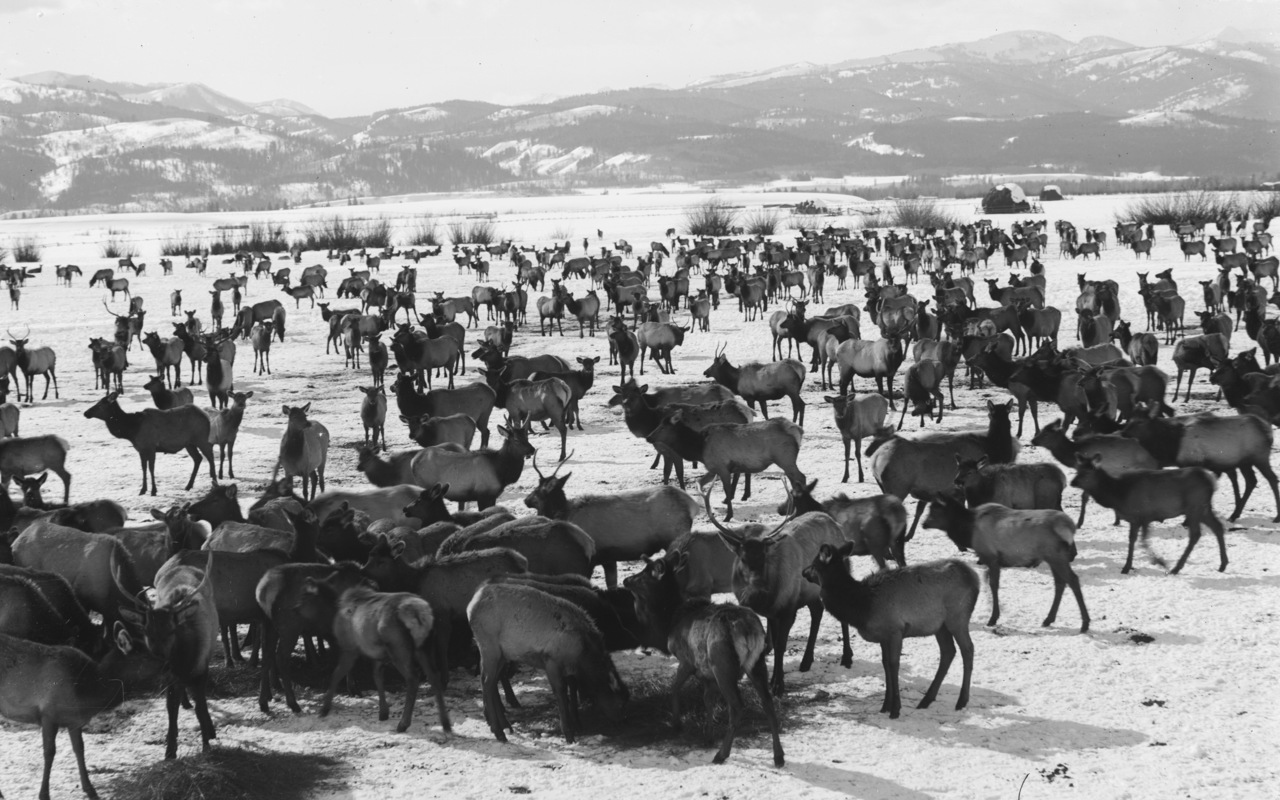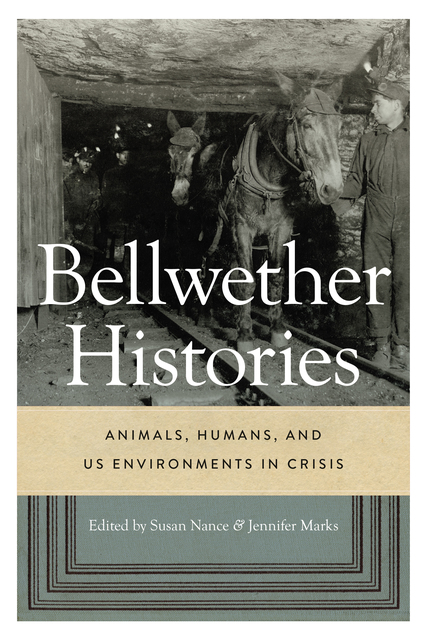Skip to main content
Bellwether Histories
Animals, Humans, and US Environments in Crisis
A multispecies history of the globalized United States, Bellwether Histories reveals how animals have been ensnared in colonialism, capitalism, and environmental destruction as human decisions created and perpetuated untenable and unequal interspecies relationships. The collection's authors explore how people misunderstood or ignored animal crises precipitated by habitat destruction and population declines, sudden dependence on human aid, shifts from freedom to captivity, or subjection to overextended management systems.
Chapters address a range of themes, including the links between antislavery and anti-animal-cruelty advocacy; how cattle, horse, and pig behavior shaped human life and technology; and the politics of caring for and trafficking wild animals. This volume interrogates the history of animal disposability and its ideological twin in US history, human exceptionalism—the anthropocentric myth that people could harm animals without harming themselves.
Today's mass extinctions and ecological breakdowns ensure deadly zoonotic pandemics and global warming will harass us far into the future. Bellwether Histories looks back at how animals have been warning us of our collective fate and asks why they were so seldom heard.
Edited by Susan Nance and Jennifer Marks, with additional contributions from Vanessa Bateman, Joshua Abram Kercsmar, John M. Kinder, Andrea Ringer, Mary Trachsel, and Jessica Wang.
Chapter 4 of Bellwether Histories, "Animal Photography and the 'Elk Problem' in Modern Wyoming" by Vanessa Bateman, is openly available thanks to a grant from the Netherlands Organization for Scientific Research.
Bateman's chapter discusses the intersections between animal photography, hunting, and wildlife conservation in Wyoming during the "elk problem," the mass starvation and death of thousands of elk (wapiti) due to Euro-American settlement between 1890 and 1912. Photographic history meets animality and environmental ethics in this case study that demonstrates how the photography of animals has the power to change the lives of those represented. It follows the photography of hunting guide and rancher Stephen N. Leek of Jackson Hole, Wyoming who began documenting the demise of elk and community efforts to feed them—images that were widely circulated in publications and traveling slide lectures as a way to both advocate for their protection and promote his work and the region to sporting tourists. Due in part to Leek’s advocacy, the National Elk Refuge was established in 1912, annually home to one of the largest elk herds in the world each winter, where they have been supplementally fed for over a century. Leek’s images fostered a specific narrative about how elk should be understood, valued, and controlled—and by whom.

Metadata
- isbn9780295751436
- publisherUniversity of Washington Press
- publisher placeSeattle
- rightsChapter 4: CC-BY-NC-ND. Otherwise, all rights reserved.
- rights holderUniversity of Washington Press
- doi


